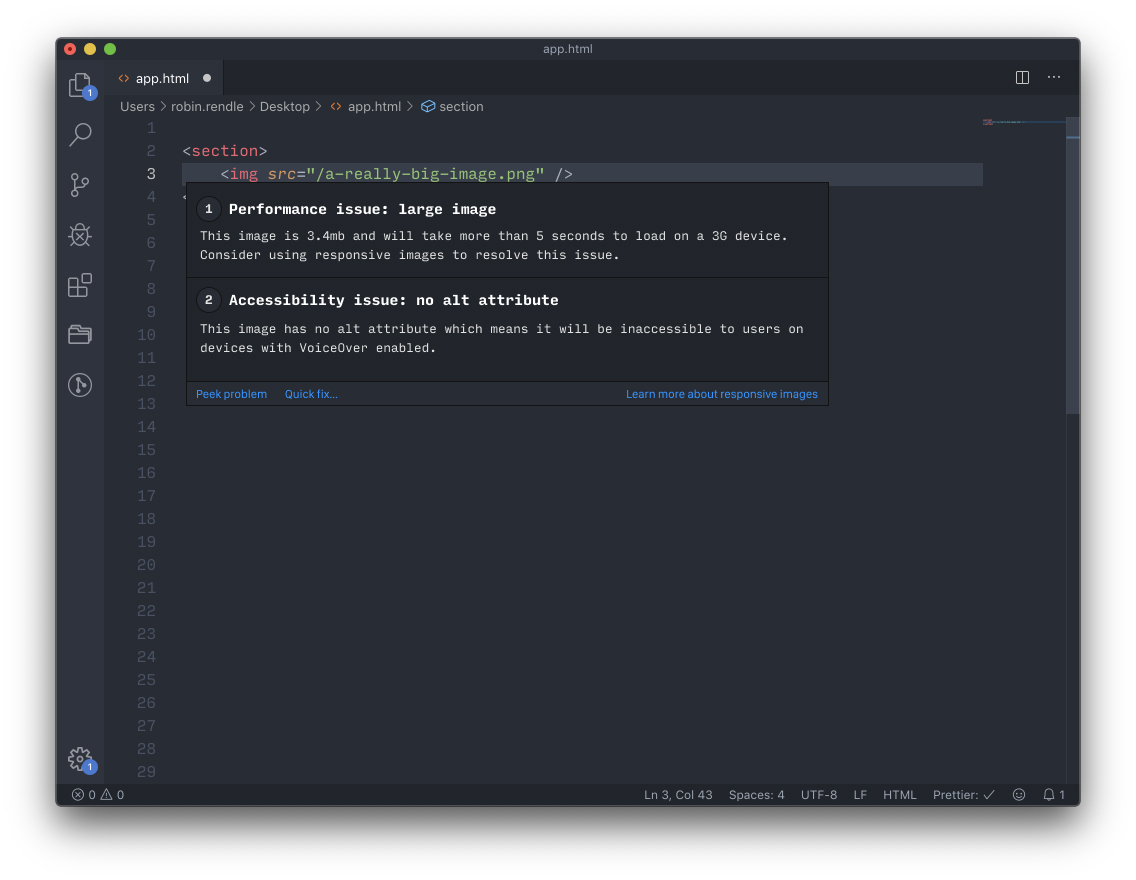I was chatting with some front-end folks the other day about why so many companies struggle at making accessible websites. Why are accessible websites so hard to build? We learn about HTML, we make sure things are semantic and — voila! @— we have an accessible website. During the course of conversation, someone mentioned the Domino's pizza legal case, which is perhaps the most public example of a company being sued because of a lack of accessibility.
Here’s an interesting tidbit from that link:
According to CNBC, the number of lawsuits over inaccessible websites jumped 58 percent last year over 2017, to more than 2,200.
Inaccessible websites are not just a consideration for designers and engineers but a serious problem for a company’s legal team as well. Thankfully, it seems more of these cases will be brought to trial and (my personal hope is) this will get folks to care more about semantics and front-end development best practices. Although I'd like to think that companies would do what’s best for the web and make websites that meet the baseline requirements without a legal threat, we absolutely need to make inaccessible websites illegal for folks to really pay attention to this issue.
However! I also worry about attributing what might simply be a lack of knowledge to malice. I reckon a lot of websites have bad accessibility not because folks don’t care, but because they don’t know there's an issue in the first place. As my conversation with front-end engineers progressed, I realized that the reason accessibility isn’t tackled seriously probably doesn’t have anything to do with bandwidth, or experience, or money.
I reckon the problem is that the accessibility of a website can be invisibly and silently broken.
Here’s an example: when developing a site, JavaScript errors are probably going to be caught because everything breaks if something goes wrong. And CSS bugs are going to get caught because something will look off. But the accessibility or performance of a website can go from okay to terrible overnight and with no warning whatsoever. Yhe only way to fix these invisibly broken things is to first make them visible.
So, here’s an idea: what if our text editors caught accessibility issues and showed them to us during development? It could look something like this:

I’m sure there are a ton of other ways we can make accessibility issues more public and visible. There are tools such as Lighthouse and browser extensions that are already out there, but making accessibility (and even performance, another silent fail) a part of our minute-to-minute workflow ensures that we can’t ignore it. Something like this would encourage us to learn about the problems, give us links to potential solutions, and encourage us all to care for a relatively misunderstood part of front-end development.
The post Why Are Accessible Websites so Hard to Build? appeared first on CSS-Tricks.
from CSS-Tricks https://ift.tt/2NjvlfZ
via IFTTT

No comments:
Post a Comment